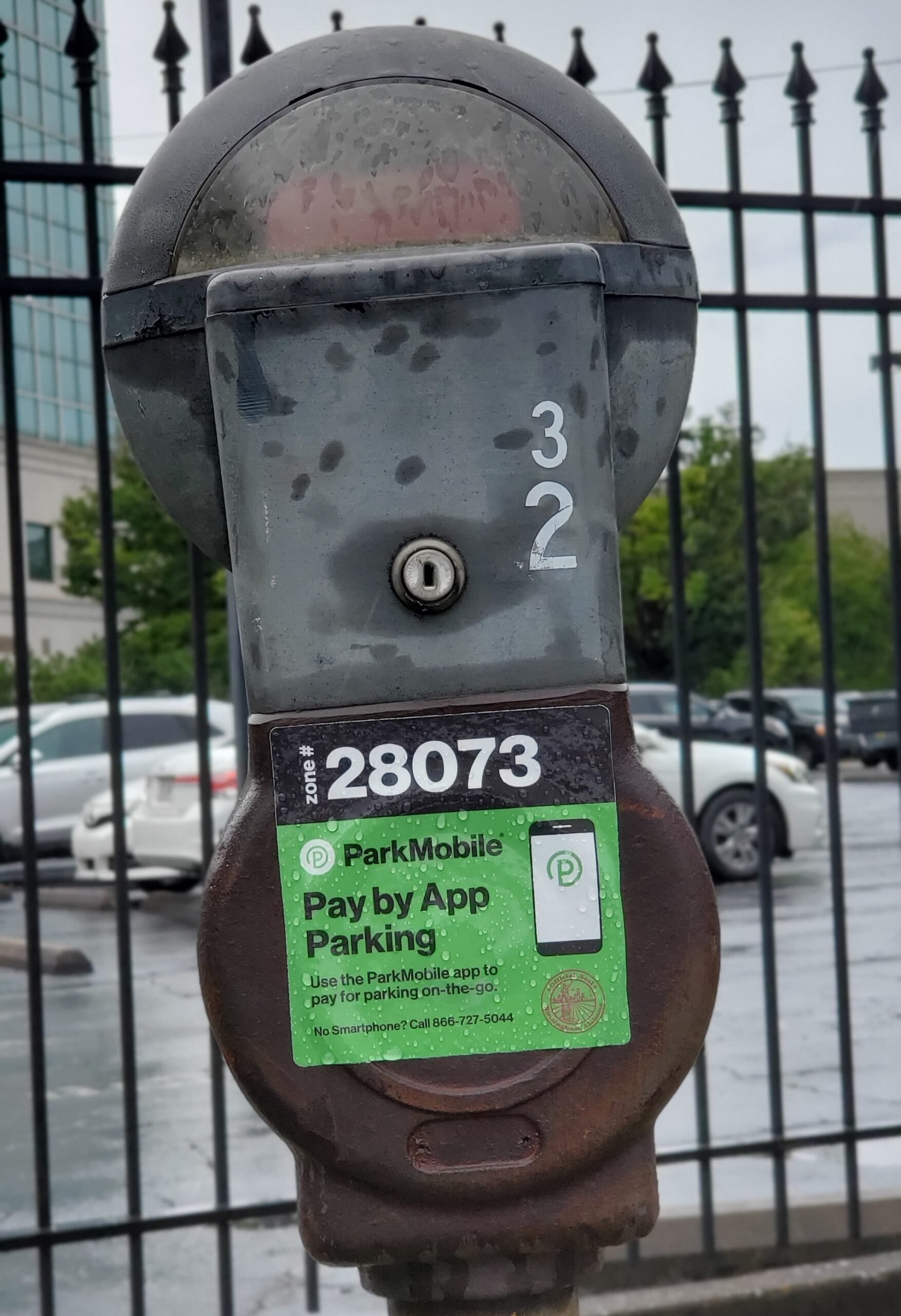By Jonathan Crain
REV Birmingham
Parking seems simple, right? Pull up in front of your destination and park the car. If there’s not a space there, we should add more spaces. That’s the assumption developers and cities have been working under for decades now.
It’s led us to build more and more surface parking, and even to adopt mandatory parking minimums for new developments. Unfortunately, most parking sits unused most of the time. But even when we are not using it, this excess parking has hidden costs.
The average surface parking spot in America costs a builder between $5,000 and $10,000, while a space in a parking garage costs between $25,000 and $50,000. Mandating that a new developer provides a certain amount of parking based on their proposed square footage or building use is supposed to take that cost off the back of the public, but, one way or another, we all bear the weight.
The most obvious way we all pay for it is when the cost of that parking requirement is offset by charging users with an app, meter, or attendant. Less obviously, the cost of that parking gets passed from the developer and rolled into the rent that a tenant in that space will pay. That then factors into the tenant’s bottom line and ultimately affects the price of their goods and services.
According to Strong Towns, these parking minimums heavily favor large corporations that are capable of eating the added parking cost over smaller local retailers that make a city vibrant and interesting.

There is also a cost hidden in the physical form of new development burdened by high parking minimums. As more parking is required, our new homes and businesses get pushed farther and farther apart. So what? That distance has a much higher cost than you would think.
The more “dead space” there is on the street without a building up to the sidewalk, the less walkable a neighborhood becomes. Planetizen found that “ a one-percent increase in walkability yielded a $1,329 increase in property values; a one-percent increase in sidewalk density generated a $785 increase in property values.”
Those numbers don’t take into account the additional maintenance of every public service that is being spaced farther and farther apart. Sewer, fire, power, police and other services become more expensive as development becomes less dense. That lack of density also DECREASES the tax revenue that cities would use to pay for those INCREASED service costs over the same area of land.
The final major price we pay for overburdened parking minimums is completely hidden. It is the cost of all the projects that a city loses because the minimum can’t be met.
Developers want to make sure that their development will sustain itself and be profitable. Adding arbitrary minimums that are, in many cases, based on guesses for the buildings’ use and occupancy and ignore existing parking stock are obstacles too big for a project to overcome. This leads to empty historical buildings and vacant tracts of land in what should be vibrant and activated neighborhoods.
Related News
-
Safeguarding history, one preservation easement at a time
Filed Under: Developer, Front Page, Historic Preservation, Yaysayers
As longtime preservation advocates, we’re also proud to introduce REV’s own Historic Preservation Easement Program, created to help safeguard Birmingham’s irreplaceable architecture while adding long-term value to development projects involving historic properties.
-
Preservation that pays: How historic tax credits can power a downtown revival
Filed Under: Developer, Downtown Birmingham, Front Page, Historic Preservation
For preservation advocates (or “building huggers,” as we like to call ourselves), historic tax credits are essential. They don’t just help save historic buildings — they support local economies, encourage private investment and breathe new life into spaces that shape the identity of our communities.
-
Date night done right: Romantic outings you’ll fall for in Birmingham
Filed Under: Birmingham Food & Drink, Downtown Birmingham, Family Friendly, Front Page, Residential, Yaysayers
Looking for the perfect way to spend quality time with your special someone? In this guide, we’ve rounded up a variety of Magic City date ideas tailored to different tastes, personalities and interests. So, grab your partner, or even a few friends, and explore some of Birmingham’s best spots for a truly memorable time.